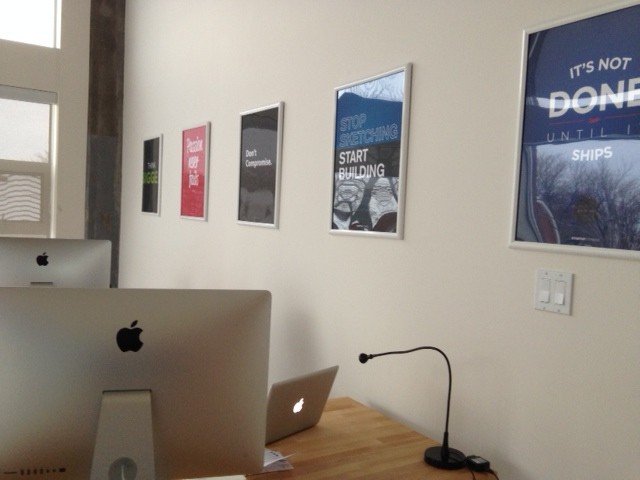
It’s the start of a new year. You know what that means. Every one is making predictions. It’s no different in the world of intranets.
Rather than hazard my own predictions, I’ve read other people’s forecasts and am sharing my favorites in this post.
I won’t even mention obvious divinations, such as how intranet technology is only going to get better. And one doesn’t have to be a soothsayer to know that.
Of all the conjectures about what to expect of intranets and digital workplaces in 2014, these struck me:
1. An intranet’s looks is important and will make or break user adoption
Paul Miller, in his post for Intranet Benchmarking Forum, says, “ Beauty, fabric and texture in digital enterprise services will drive adoption.”
Intranet users have gotten spoiled by breathtaking designs in anything from websites to 99cent apps. They simply will not tolerate ugly sites anymore.
And that includes your intranet.
And an ugly intranet (we’re not even talking about user-friendliness or navigation here) will simply not get used. At least not begrudgingly.
So, if you remember what I said previously, about whether hiring a graphic designer for your intranet was necessary or not, I may soon be proven wrong.
2. Personalization
Two out of 5 intranet builders interviews here identified intranet user personalization as an upcoming trend.
After the usual document sharing, collaboration, and social features have been added to the intranet, the next frontier would not surprisingly be making the intranet more relevant through personalization and customization.
However, I doubt this would be a big trend in 2014. Most intranets seem to still be struggling with building the foundation for a more collaborative, social, and accessible intranet. Personalization, while exciting, will probably come later.
3. Software-as-a-Service
This is a trend I’m seeing myself. While Noodle intranet is available either as a cloud-hosted or local software, more and more of our prospects are interested in the SaaS version of Noodle. I even recall one saying that they’re moving most of their business applications on the cloud.
The challenge for vendors like us is to make the cloud experience as seamless as possible, now that customers are using several cloud-based applications.
4. Employee as customer
Intranet managers will be happy to know that companies are recognizing the importance of “more customer-experience oriented features” on their intranet, and not just on their external websites, as stated here. This means employees are being regarded as a legitimate internal customer worthy of a remarkable experience on their intranets.
Does this mean increased budgets for intranets? I sure hope so!
And now, let’s move onto a couple of predictions about the digital workplace. I’d like to point out two among those identified by Miller:
1. “Digital workplaces will extend the connections between staff and customers ““ and blur the line between “inside” and “outside” the modern digitized organization.”
Digital technology is blurring the line between the internal and external. CEOs are no longer accessible only through official channels, for example. A growing number of them are on LinkedIn, Twitter and other social networks. They have public blogs.
At the same time, company social media accounts are easily integrated into the intranet, to bring public discussion inside the organization.
I think this is good for marketing and, particularly, customer service. It means that companies, and the people who run them, are more approachable than ever.
One disadvantage I see is that we will all be “always working,” because work is only as far as your smartphone. (And if you’re like me, it’s always right at my fingertips.)
2. “The ‘revenge of the office” will be felt through new physical workplace formats.'”
We’ve recently experienced this ourselves, as we moved into a physical office space recently.
Miller says while remote work has its advantages, “the office will continue to fight back by offering experiences we cannot get anywhere else ““ colleagues available in person, better technology, better food and lifestyle services.”
It’s not back to the same ol’ office, though. Miller adds that the digital workplace will be marked by people’s ability to decide where they work and how they work. Flexible time schedules will also prevail.
Hopefully this means we will soon be enjoying the best of both worlds.
Those are some of what experts say we can expect in terms of intranets and digital workplace.
Do you agree with these forecasts?